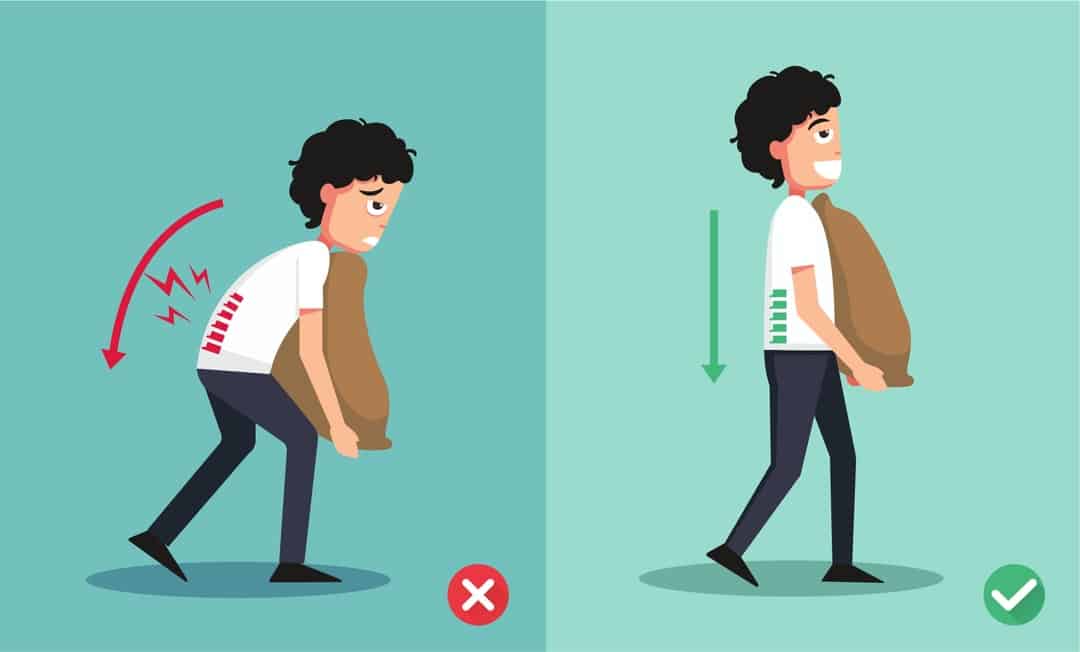
When working with cement, safety should always be a top priority. At GreyForce Cement, we not only provide high-quality cement but also emphasize the importance of safe handling and storage practices to ensure that your construction projects are both successful and secure. Here are some essential tips to keep in mind.
- Proper Handling Techniques
Cement is a fine powder that can pose respiratory hazards if not handled correctly. Always wear protective gear, including gloves, masks, and goggles, when dealing with cement. Avoid direct contact with skin, as it can cause irritation or burns.
- Safe Lifting Practices
Bags of cement can be heavy, so it’s crucial to lift them properly to prevent injuries. Use your legs to lift, not your back, and ask for assistance when needed. Remember, it’s better to take multiple trips than risk a strain.

- Optimal Storage Conditions
Cement is highly susceptible to moisture, which can cause it to harden and lose its effectiveness. Store cement bags in a dry, well-ventilated area, elevated off the ground, and away from walls. Cover the bags with a waterproof sheet if the storage area is prone to dampness.
- Stacking Height: The maximum height of stacking should preferably not exceed 10 bags. Stacking higher can lead to the bags lumping up under pressure, which can affect the quality of the cement.
- Spacing: Leave a minimum space between the exterior walls and the stack. This space helps to ensure that moisture does not come into contact with the bags, reducing the risk of dampness affecting the cement.
- Monitor Shelf Life
While GreyForce Cement is engineered for durability, it’s important to use cement within its shelf life. Regularly check the production date and ensure older bags are used first. Stale cement can compromise the strength and quality of your construction.
- Minimize Dust Exposure
Dust from cement can be harmful if inhaled. When opening bags or mixing cement, do so in a well-ventilated area. If possible, use dust extraction systems to keep the workspace clean and reduce airborne particles.
- Emergency Preparedness
Accidents can happen, even with the best precautions. Ensure that first-aid kits are readily available and that workers are trained to respond to emergencies, such as eye contact with cement or skin burns. Quick action can prevent serious injuries.
Conclusion
By following these best practices in handling and storage, you not only protect yourself and your team but also ensure the longevity and performance of your cement. At GreyForce Cement, we’re committed to your safety and the success of your projects. Remember, quality construction starts with safe practices—because safety always comes first.


